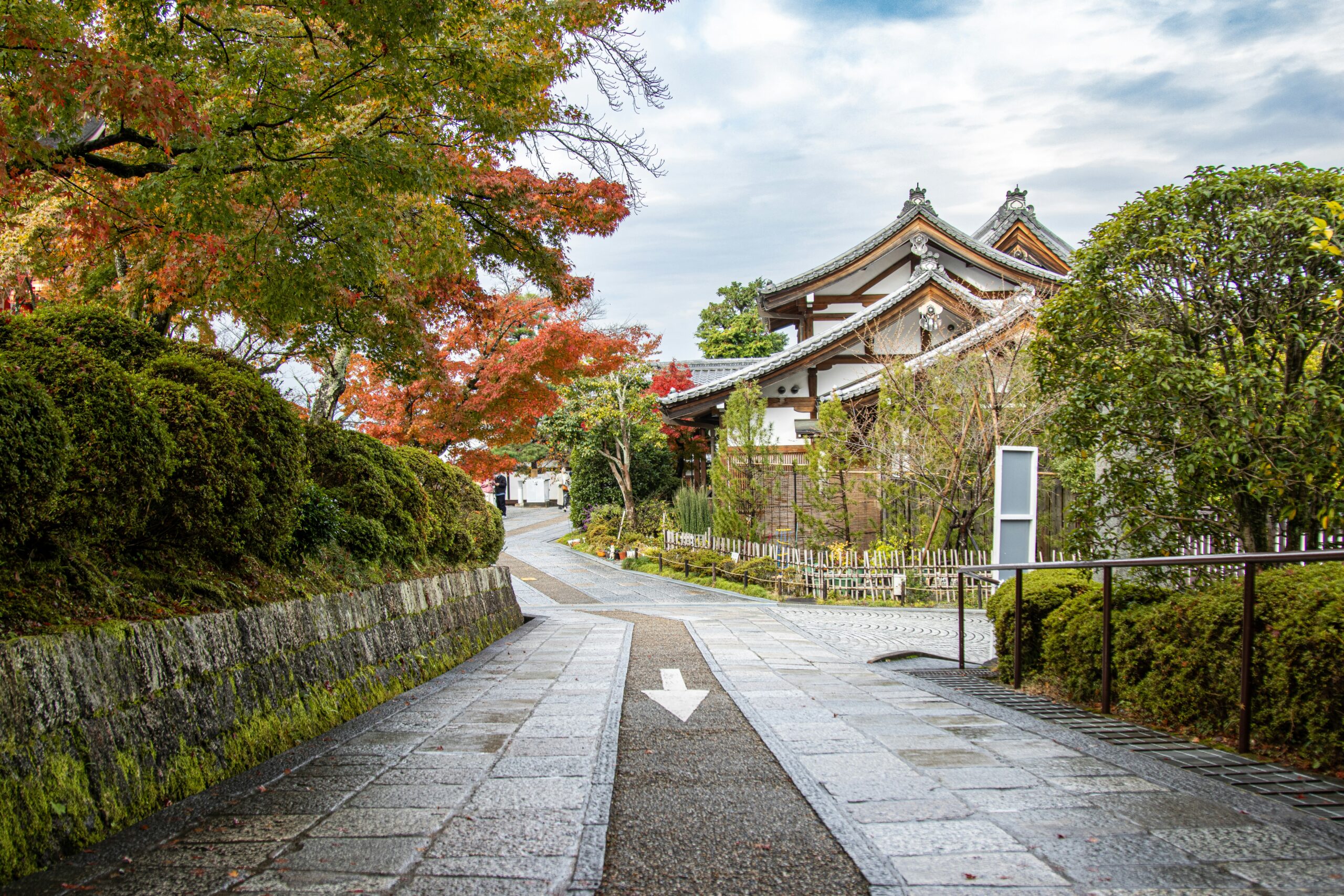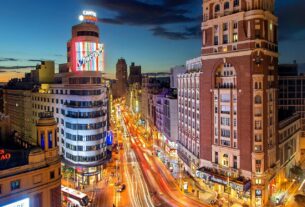Discover why Kyoto is more than a one-time trip. From ancient shrines to refined ryokans, this Japanese city creates unforgettable luxury memories for couples.
🌴 Get Your FREE Bahamas Checklist!
Perfect for planning your island escape 🌊
We respect your privacy. Unsubscribe anytime.
Powered by greattravelnews.com
Why Visiting Kyoto Once Will Make You Want to Return Forever
Introduction
In a world of ever-changing travel trends, Kyoto remains timeless. Whether it’s your first glimpse of a sakura-draped temple or the hush of bamboo groves in Arashiyama, this ancient city wraps you in a sense of calm sophistication that few places on Earth can replicate.
For luxury travelers and couples, Kyoto isn’t simply a destination—it’s a feeling. One that lingers long after the trip ends. And one that calls you back, again and again.
1. The Atmosphere of Elegance and Stillness

Unlike Tokyo’s futuristic skyline or Osaka’s energetic pulse, Kyoto invites you to slow down. Here, centuries-old traditions are woven seamlessly into everyday life. Whether you’re wandering through a Zen garden or sharing a quiet tea ceremony in Gion, Kyoto teaches you to savor every moment.
✨ Luxury tip: Stay in a high-end ryokan like Gion Hatanaka or Sowaka for a full cultural immersion wrapped in refined service.
👉 Browse Kyoto’s luxury hotels
2. Seasonal Beauty Unlike Anywhere Else
Kyoto is a city of four perfect seasons, each offering its own romance and splendor:
-
🌸 Spring (March–April): Cherry blossoms bloom across temples and riversides.
-
🍁 Autumn (October–November): Maple leaves ignite temple gardens with fiery hues.
-
🌿 Summer (June–August): Bamboo groves in Arashiyama sway under warm breezes.
-
❄️ Winter (December–February): Snow-covered shrines become scenes from a Japanese painting.
Each visit unveils a new side of Kyoto, making one trip feel beautifully incomplete.
3. A Culinary Journey Rooted in Precision and Art
Kyoto’s dining scene is as much about aesthetic beauty and ritual as it is about taste. From Michelin-starred kaiseki meals to street-side matcha desserts, the food here reflects centuries of culinary heritage.
For couples, Kyoto is a place to indulge slowly—together.
🍱 Luxury tip: Book a private kaiseki dinner with seasonal ingredients and garden views at restaurants like Kikunoi or Hyotei.
4. Architecture That Bridges Past and Present
Temples, shrines, and traditional townhouses (machiya) exist side-by-side with modern design. Kyoto invites visitors into preserved history—still living, breathing, and functional. From Kiyomizu-dera’s wooden terraces to minimalist luxury ryokans, the architecture here inspires awe and serenity.
5. Deeply Personal Cultural Immersion
Unlike other destinations where culture is on display, Kyoto draws you in. Visitors are invited to take part in centuries-old traditions:
-
👘 Dressing in silk kimono for a stroll through Gion
-
🍵 Participating in an authentic tea ceremony
-
🎎 Learning the way of ikebana (flower arrangement)
-
🏮 Attending a seasonal geisha performance
These personal, intimate experiences make Kyoto unforgettable—and addictive.
6. Romantic Escapes at Every Turn
Whether you’re on your honeymoon, anniversary, or just craving time away as a couple, Kyoto offers romantic backdrops like no other:
-
A private boat ride beneath cherry blossoms on the Okazaki Canal
-
Sunset over the Kamo River from a riverside café
-
Night-time temple visits during seasonal light-ups
-
A couples’ massage at a luxury spa tucked inside a historic building
💞 Luxury tip: Request a corner suite at The Ritz-Carlton Kyoto with river views and a private soaking tub.
👉 Check availability now
7. Every Visit Feels Different—Because You’ve Grown
The beauty of Kyoto is that you experience it differently each time. You may come for the cherry blossoms once, and return for the autumn foliage next. Or perhaps your first visit was rushed—and your next will be intentionally slow.
Kyoto doesn’t age. It evolves with you.
Final Thoughts
Some cities entertain. Others impress. Kyoto moves you.
It’s a place where the luxury of silence, the richness of culture, and the romance of seasons come together to create something rare and lasting. One visit will change your perspective on travel—and no matter how complete it feels, it will leave you wanting more.
👉 Ready to return or visit for the first time? Book your Kyoto luxury escape here




